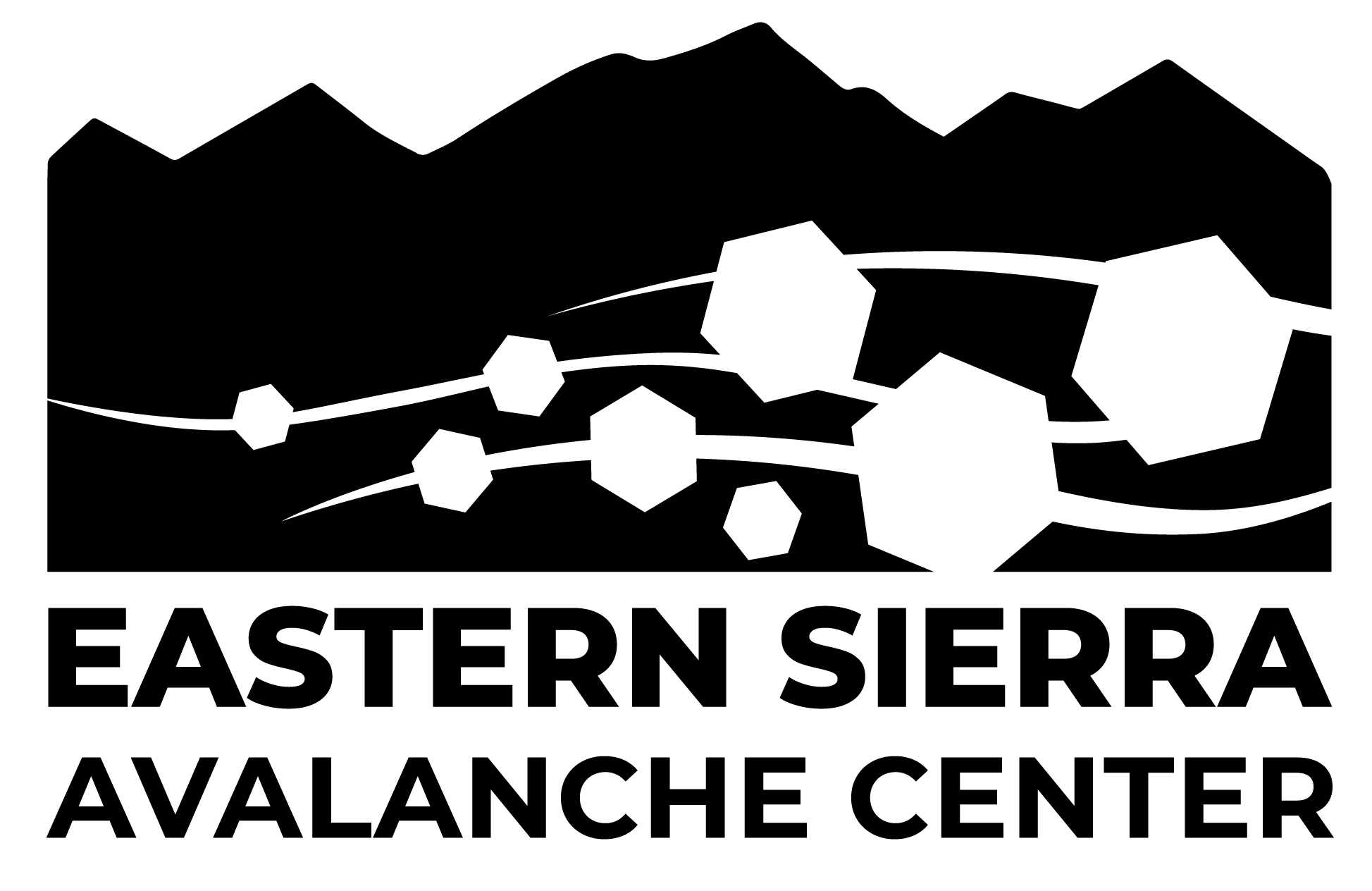Basic Information
Observation Details
Observation Date:
December 22, 2021Submitted:
December 22, 2021Observer:
Chris Engelhardt | ESAC ForecasterZone or Region:
Mammoth LakesLocation:
Punta BardiniSigns of Unstable Snow
Recent Avalanches?
None ObservedCracking?
None ExperiencedCollapsing?
None ExperiencedSnow Stability
Stability Rating:
Very GoodConfidence in Rating:
HighStability Trend:
SteadyKey Points
I left the trailhead under cloudy skies and a light misty rain. It wasn’t the most glamorous day ski touring as skin wax really did not help mitigate the glopping of snow to my skins. Temperatures were around 35F with a light wet pasting of snow on the surface that was subsequently being rained on. It wasn’t until I got to 9500ft in elevation that I reached the freezing level, or so that I wasn’t carrying an extra 15lbs of snow on the base of my skis. On the way up there was obvious signs of significant settlement within the snowpack and I only was sinking in 5-10cm on the surface with my skis on.
It was 29F at 10000ft @ 1130am when I skied off the summit of Punta Bardini. There were swirling and gusty southerly winds with light snow and periods of graupel as I dug a snow pit on a NNW aspect, 33deg slope just below 10000ft. Snow depths in the area ranged from 125cm to 165cm with 1-2cm of new snow from the in-coming storm. I chose the deepest spot I could find where I found a 115cm thick layer of snow from last weeks snow fall sitting on top of 50cm of old snow from this autumn. I got hard results on both compression tests and deep tap tests at the new/old snow interface. (CT22 Q2 @49 & DT21 @49). Extended Column tests did not propagate at the interface or anywhere within the block. Although there is a dramatic hardness difference between the base of the new snow being Pencil Hardness and the old Faceted snow being close to Fist Hardness it did not display much energy or propensity to propagate or collapse along this meeting point.
Good supportive skiing along with the light skiff of snow until ~9200ft or so, then another slog out back to the vehicle.
Media
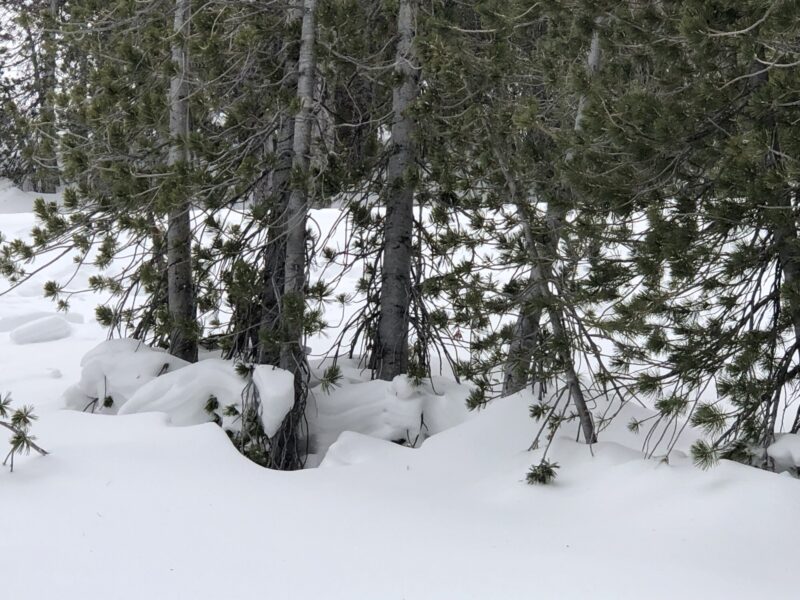
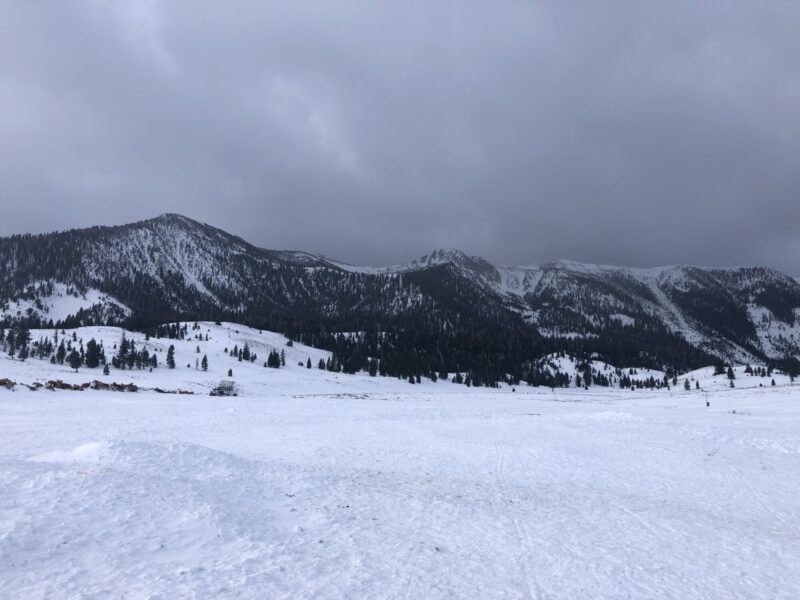
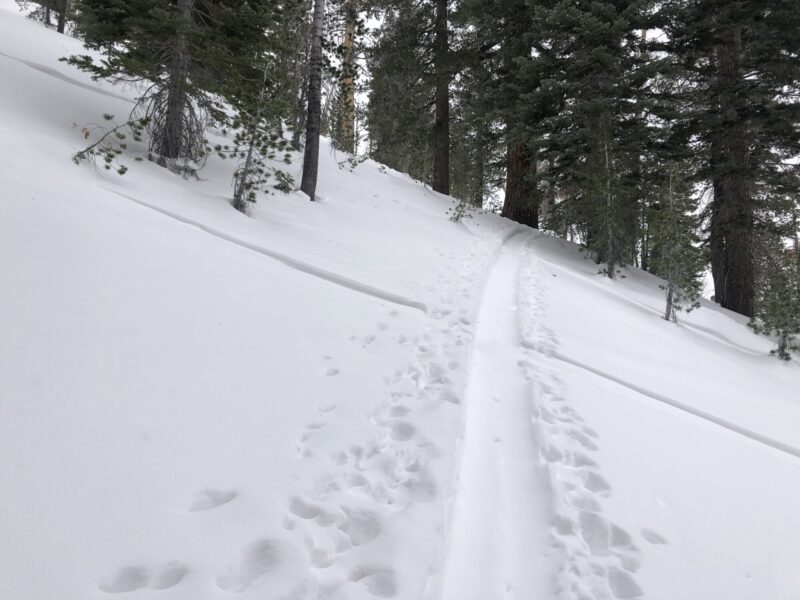
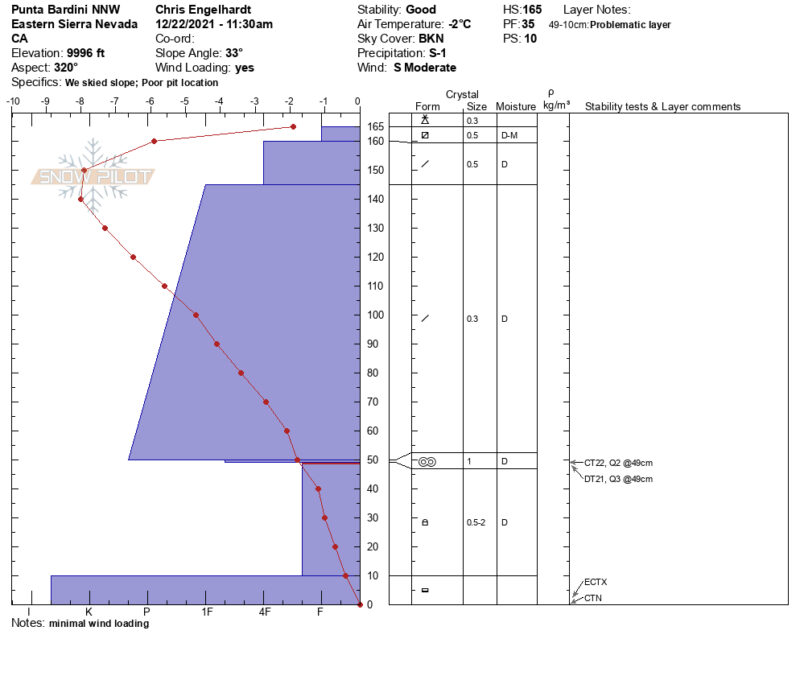
Advanced Information
Snowpack Observations
https://www.youtube.com/watch?v=Bhq-ag65Kqw
